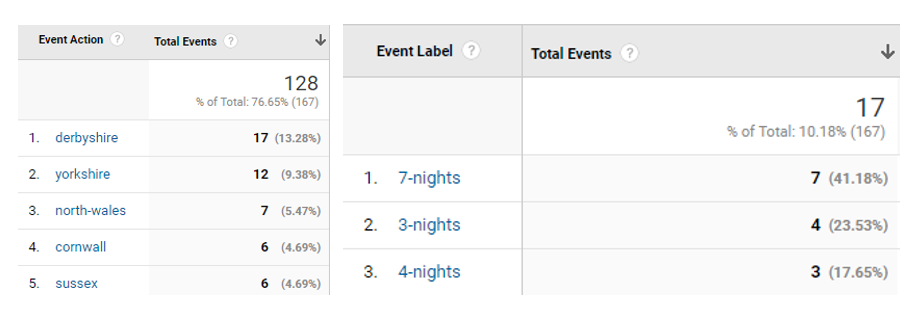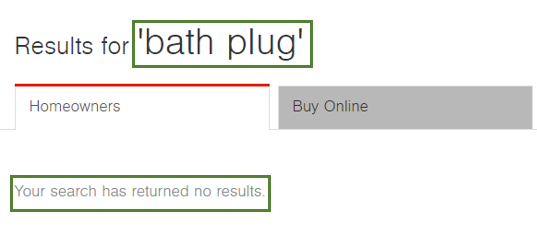We’ve all experienced being hit with ‘Zero results found’ or a dreaded ‘ERROR 404’ page whilst searching online for products or content. Whilst this can be a mild inconvenience to our lives, it could serve as a greater issue for our clients if this is happening en masse. It is unlikely that this element is something at the forefront of most minds when deciding on what tracking is needed for either a new or current site, but is proving to be an extremely useful bit of data capture that the majority would have never considered.
A survey conducted by YouGov in 2015 found that 63% of shoppers had experienced unavailable products when searching online within a 12 month period. Having access to this information has already given real insight to the demand of discontinued products for one of our clients after only a week of implementation. This could relate to a demand for product restocks, gaps in product ranges or even a call out to improve the internal SEO when products do exist, but are not appearing or matching within user search queries. Websites that require location or date inputs (e.g. car parking, travel or accommodation companies) can really benefit from this kind of tracking, if users are often finding that the dates, locations or times they have requested are often unavailable.
Below is a version of this tracking functioning within Google analytics. A tag has been created to take user input from a series of drop down boxes after landing on a ‘zero search results’ page. In this case, we have pushed the location into an event action and the number of nights requested through into an event label.

The above data is taken from a holiday accommodation company, showing the most popular selection for consistently returning no available results. It becomes clear to see what product or services are not currently being offered and where the absence in demand is. By having the option to view and act on this data should subsequently improve the general customer experience of the site and has scope to increase conversion rates and revenue, assuming the demand for missing products or availability is high.
How does it work?
The process works by defining a unique variable within tag manager that can only be present on pages where ‘zero search results’ are displayed. In the below case the variable would be the text ‘your search has returned no results’ as this can only ever be present on a page with no results.
Once we have this variable, we can use it within an event trigger to create a true or false statement on a page view or load. When this trigger is true (when the text is present), the value is pushed through to either an event action or label, which in this case would be “bath plug”.

Now the value has been passed through to Google Analytics, it will be available to view within the behaviour > events section of the GA side panel. The same theory applies to 404 pages, where a similar value can be defined. Instead of pushing what the user has searched for into GA, we can push the Page URL, which identifies clearly which page the error is present on. Acting on this information will again likely improve the overall custom experience.

Whether it be individual product searches, broader categories searches or generic 404’s, the implementation of this tracking will enable the viewing of gaps in product ranges, availability and content.

